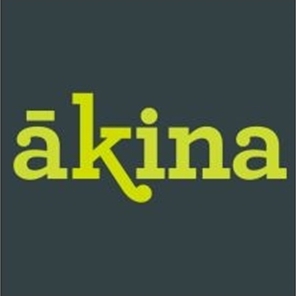Some emergency kits a recipe for disaster
28 April 2017
Some emergency kits a recipe for disaster
A Consumer NZ report on pre-made emergency survival kits found most either lacked key items, contained gear of poor quality or weren’t good value.
The consumer organisation looked at seven pre-made “getaway” kits that claim to have most of the gear one person needs to survive for three days when you have to evacuate your home in a hurry.
Consumer NZ rated the kits on comprehensiveness, quality and value. It found five out of seven didn’t have basic hygiene items, such as hand sanitiser and tissues, while four had inadequate torches or radios.
Consumer NZ chief executive Sue Chetwin says while there are a couple of pre-made emergency kits worth considering, you’re generally better off building your own.
“We put together a grab bag with three days’ rations and all the key items you’d need to see you through for $150, which is also considerably less than you would pay for many of the commercial kits,” Ms Chetwin says.
“It’s also likely you could put together your own kit for less than what we paid as most households are likely to have some of the items, such as a spare backpack or water bottles.”
Ms Chetwin singled out St John for having the worst kit.
“Punters who shell out $200 for this disappointing grab bag will discover it lacks basic items such as a first aid kit, food rations, drink bottle or rain poncho,” she says. Ms Chetwin says some of the kit’s items, namely its wind-up torch/radio, performed poorly in testing.
“The radio has a fiddly little dial with unreadable markings that’s a nightmare to tune. To make matters worse, the radio only plays for four minutes from one minute’s winding, while the built-in light is significantly dimmer than cheap LED torches powered by disposable batteries,” she says.
Consumer NZ suggests the following items for an ideal emergency grab-bag: torch, radio, spare batteries, hand sanitiser, cash, photo ID, and other important documents, walking shoes, warm clothes, raincoat and hat, first aid kit, prescription medicine (if required), water, snack food, rain poncho, thick gloves, dust mask, hygiene items (e.g. tissues, wet wipes, toothbrush/paste).
However, taking the first steps to emergency-preparedness is far more important than compiling the perfect getaway kit, Ms Chetwin said. Your emergency planning should cover where you will meet if you can’t get home and a backup plan if you can’t pick up the kids, as well as:
- The name and contact details of someone who lives out of town that your family knows to contact in case the phones go down
- A list of family and friends who may require your assistance
- Plans for if you’re stuck at home, including three days’ worth of food and water
- Plans for how you’ll stay warm at night and cook food if there’s no power
- Getaway kits if you need to leave in a hurry
Consumer has made the entire report freely-available on its website.


 Business Canterbury: Urges Council To Cut Costs, Not Ambition For City
Business Canterbury: Urges Council To Cut Costs, Not Ambition For City Wellington Airport: On Track For Net Zero Emissions By 2028
Wellington Airport: On Track For Net Zero Emissions By 2028 Landcare Research: ANZAC Gall Fly Release Promises Natural Solution To Weed Threat
Landcare Research: ANZAC Gall Fly Release Promises Natural Solution To Weed Threat NZ Anti-Vivisection Society: Auckland Rat Lovers Unite!
NZ Anti-Vivisection Society: Auckland Rat Lovers Unite! University of Canterbury: $1.35 Million Grant To Study Lion-like Jumping Spiders
University of Canterbury: $1.35 Million Grant To Study Lion-like Jumping Spiders Federated Farmers: Government Ends War On Farming
Federated Farmers: Government Ends War On Farming



